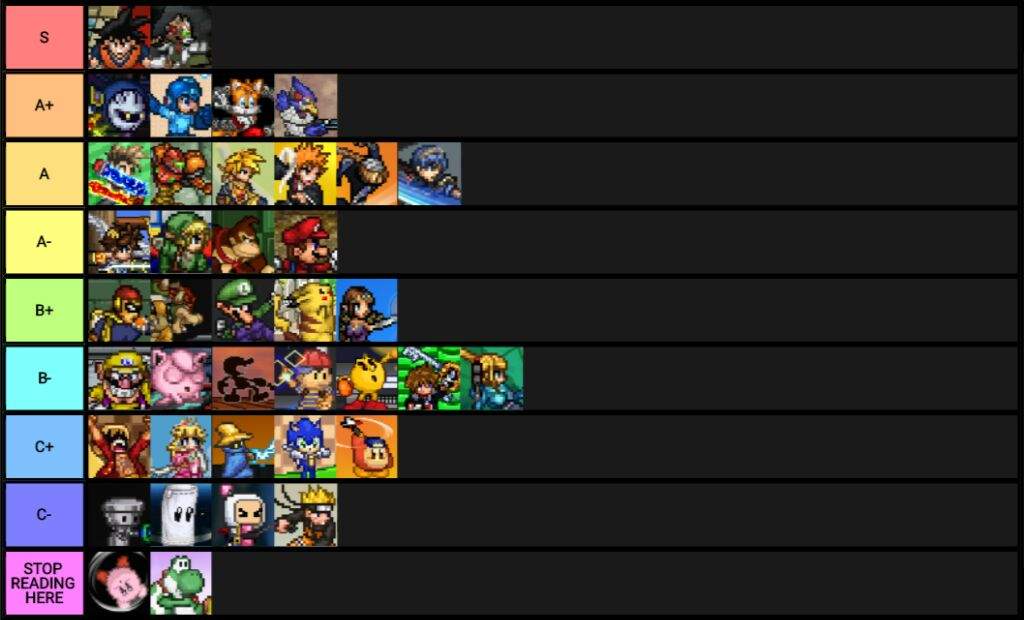

Typically an attack's ending lag can't be avoided, but some attacks can avoid ending lag without the character being flinched or out-prioritised, such as grabbing a ledge with a recovery move before it ends, and jump cancelling Fox's and Falco's Reflector in Melee. Moves known for having especially low ending lag include Meta Knight's up aerial and Lucario's forward smash. Attacks such as Rest and Ike's forward smash are notorious for having an extreme amount of ending lag. Almost all attacks have more ending lag than startup lag, though generally, attacks with lower start-up lag tend to have proportionally more ending lag and vice versa. Conversely, a major part of why Bowser in Melee and Ganondorf in Brawl have always been considered bottom tier characters is that the general start-up lag of their attacks are the worst in their respective games.Īn example of landing lag, in which an improperly timed aerial attack with noticeable amount of landing lag (such as Snake's forward aerial) can lead to a punishment.Įnding lag, is the delay between the move's effect finishing and another action being available to begin, such as the length of time after an attack's hitboxes ceases that the character can move again. Characters having access to low start-up lag attacks is important for success in competitive play part of the reason Pikachu in Smash 64, Fox and Falco in Melee, and Meta Knight in Brawl are considered the best characters in their respective games is that the general start-up lag of their attacks is among the fastest. The primary advantage of lower start-up lag is that the attack gives the opponent less reaction time, as well as the ability to hit before other attacks, and the user greater flexibility in being able to land the attack (making such attacks all around easier to land). Flinching during start-up will prevent the move from being executed. Examples of moves with no start-up lag include Fox's and Falco's Reflector in Melee and Jigglypuff's Rest. Examples of moves with extreme start-up lag include Ganondorf's Warlock Punch and King Dedede's forward smash. Start-up lag, also known as just start-up and windup, is the delay between a move being initiated and the move having an effect, such as the length of time before a hitbox is first produced. Hard landing is said below.Ganondorf's UTilt has a significant amount of start-up lag Preferably, one who knows that the glitch is "set" would use an aerial with lag to override (not completely though) the glitch, but less lag than the glitch would provide.Įxcept DK and Bowser (both 2 frames), all have 15 frames for soft landing. The glitch cannot be avoided with specials that doesn't cause the character to become helpless and never disappears until landing on the ground however it can be "overruled" by using an aerial that has landing lag (though with 35-40% more landing lag than usually would get for landing with that aerial). Of course, such lag should not happen because the character does not land in helpless, and such is the glitch - the game doesn't realize that it should forget about applying lag upon the next landing if an edge is grabbed. The next time the user lands on the ground, no matter if doing it by jumping from the edge, they take the lag that would have been applied had the character landed in helpless.

Specifically, certain special moves that place the user into helpless can have their lag "saved" if the user grabs an edge after using the move but before landing. The landing lag glitch is a glitch in Brawl and Wii U/3DS that causes certain characters to suffer lag under conditions that should not cause such lag.


 0 kommentar(er)
0 kommentar(er)
